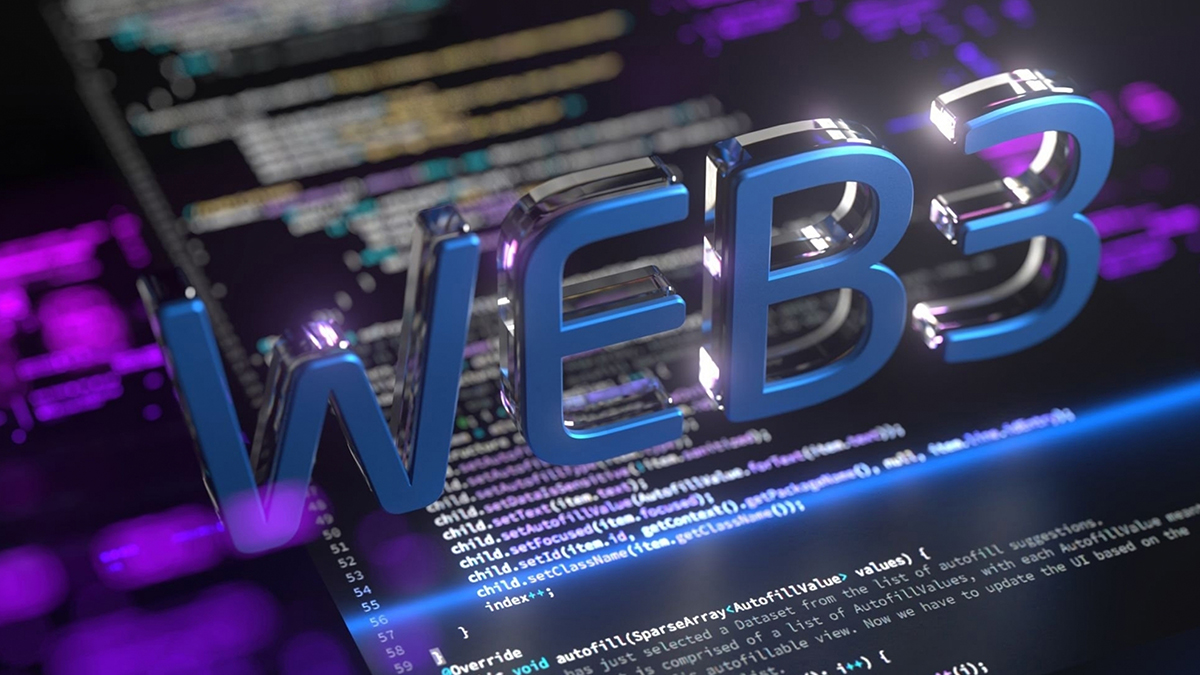
In "Cyber Protection of US Critical Infrastructure," Astrid F. Kowlessar discusses the urgent need to bolster cybersecurity measures for the United States' physical and intellectual infrastructure. The increasing digital threats necessitate a comprehensive understanding and proactive approach to safeguard critical assets.
The National Institute of Standards and Technology (NIST) defines cybersecurity as the protection and restoration of computers and electronic communication systems. However, this definition overlooks the protection of supply chains, physical structures, and intellectual property managed by computerized systems.
The convergence of Information Technology (IT) and Operational Technology (OT) networks has eliminated the protective "air gap," making industrial control systems more vulnerable to cyber-attacks. Historically based on proprietary hardware, these systems now use common software, increasing the risk of supply chain attacks.
Zero-trust security assumes all identities are untrusted, requiring continuous authentication and authorization. This model protects both cloud-based and on-premises systems and is essential for remote work environments. Privileged Access Management (PAM) solutions further enhance security by automatically updating credentials and supporting multi-factor authentication.
With global spending on cybersecurity expected to grow, investing in leading cybersecurity firms like CrowdStrike and Splunk, and ETFs such as First Trust NASDAQ CEA Cybersecurity ETF (CIBR), presents lucrative opportunities. Additionally, litigation finance funds offer investment avenues to support intellectual property protection.
Strengthening cybersecurity is imperative for protecting U.S. infrastructure. Collaborative efforts and continued investment in advanced cybersecurity measures are essential for safeguarding national and business assets in a digital world.
For more information, visit Financial Policy Council.
Our previous blog US Critical National Infrastructure… examined physical attacks on the US utility sector and technologies that may be developed to provide energy fallback in case of attack on the US grid. In today’s increasingly digital landscape we must also delve into cybersecurity challenges to our physical, business and intellectual infrastructure.
Naturally the mention of cybersecurity feels buzzworthy, a current hot topic. Imagine young upstart black hat hackers in a basement breaking through corporate code to steal millions of dollars through phishing and email scams, with unwitting employees falling for the ruse. While such scenarios do play out under cyber threats, the more sinister threats seem to be less showcased. We need to properly define what cyber security entails. The US National Institute of Standards and Technology (NIST) cites cyber security as “prevention of damage to, protection of, and restoration of computers, electronic communication systems, wire communication…to ensure its availability, integrity, authentication, confidentiality and nonrepudiation.”
This definition lacks any mention of protection of the supply chain, physical edifices and intellectual property that are controlled, monitored and managed by computerized communications. Our understanding of negative cyber influence and attacks on national physical infrastructure needs improvement.
In addition, in collaboration with the FPC, Ihave identified business risks ofcybercrime via patent theftand types of intellectualproperty infringement.According to a 2017 reportby the Commission on the TheftofAmerican Intellectual Property, such cybercrime costs range from US$225 billion to US$600 billion. Industries most affected by patent theft include technology, pharmaceuticals, and manufacturing. It is interesting to note that we do not need to look outside for terrorist theft of intellectual property. Large multinational companies like Microsoft, Facebook, and Google intellectual property infringement practices reflect a growing lack of corporate morality in the US. The FPC is quite discerning with regards to suggestions that smaller companies investigate the Litigation Financing industry as a way for them to help fund their legal expenses when taking legal action against large companies for patent and other intellectual property infringement. Some companies that have done this include Uniloc USA Inc., Rembrandt Technologies LP, Oracle America, Inc., and InterDigital Communications LLC.
Overall, cybercrime is on the rise at a double-digit percentage pace. Global spending on cybersecurity exceeded US $170 billion in 2022, is increasing by 13% and will likely continue to be a high-growth industry for years. Private sector cyber development drives this growth with cyber companies such as CrowdStrike Holdings (CRWD) and Splunk (SPLK) are financial and business outperformers in zero-trust security and infrastructure monitoring. First Trust NASDAQ CEA Cybersecurity ETF (CIBR) comprises 37 cyber stocks and is the largest to consider. For cyber risk via patent infringement, individuals can invest in litigation finance fund. These funds typically invest in a variety of cases, including patent infringement and other forms of intellectual property infringement, and offer returns based on the success of the cases. Additionally, individuals can also invest in individual cases by purchasing shares directly from the plaintiff or defendant in a case. The notable litigation finance funds include Burford Capital, Gerchen Keller Capital, Validity Finance, and JuriVest.
We absolutely need more development of and investment in cyber initiatives to improve the protection of US national and business infrastructure in an increasingly threatened digital landscape! I welcome all constructive dialog on how we can improve US infrastructure and supply chain security on all fronts, and we encourage open collaboration for development via the Financial Policy Council.
REFERENCES
Disclaimer: This article discusses certain companies and their products or services as potential solutions. These mentions are for illustrative purposes only and should not be interpreted as endorsements or investment recommendations. All investment strategies carry inherent risks, and it is imperative that readers conduct their own independent research and seek advice from qualified investment professionals tailored to their specific financial circumstances before making any investment decisions.
The content provided here does not constitute personalized investment advice. Decisions to invest or engage with any securities or financial products mentioned in this article should only be made after consulting with a qualified financial advisor, considering your investment objectives and risk tolerance. The author assumes no responsibility for any financial losses or other consequences resulting directly or indirectly from the use of the content of this article.
As with any financial decision, thorough investigation and caution are advised before making investment decisions.